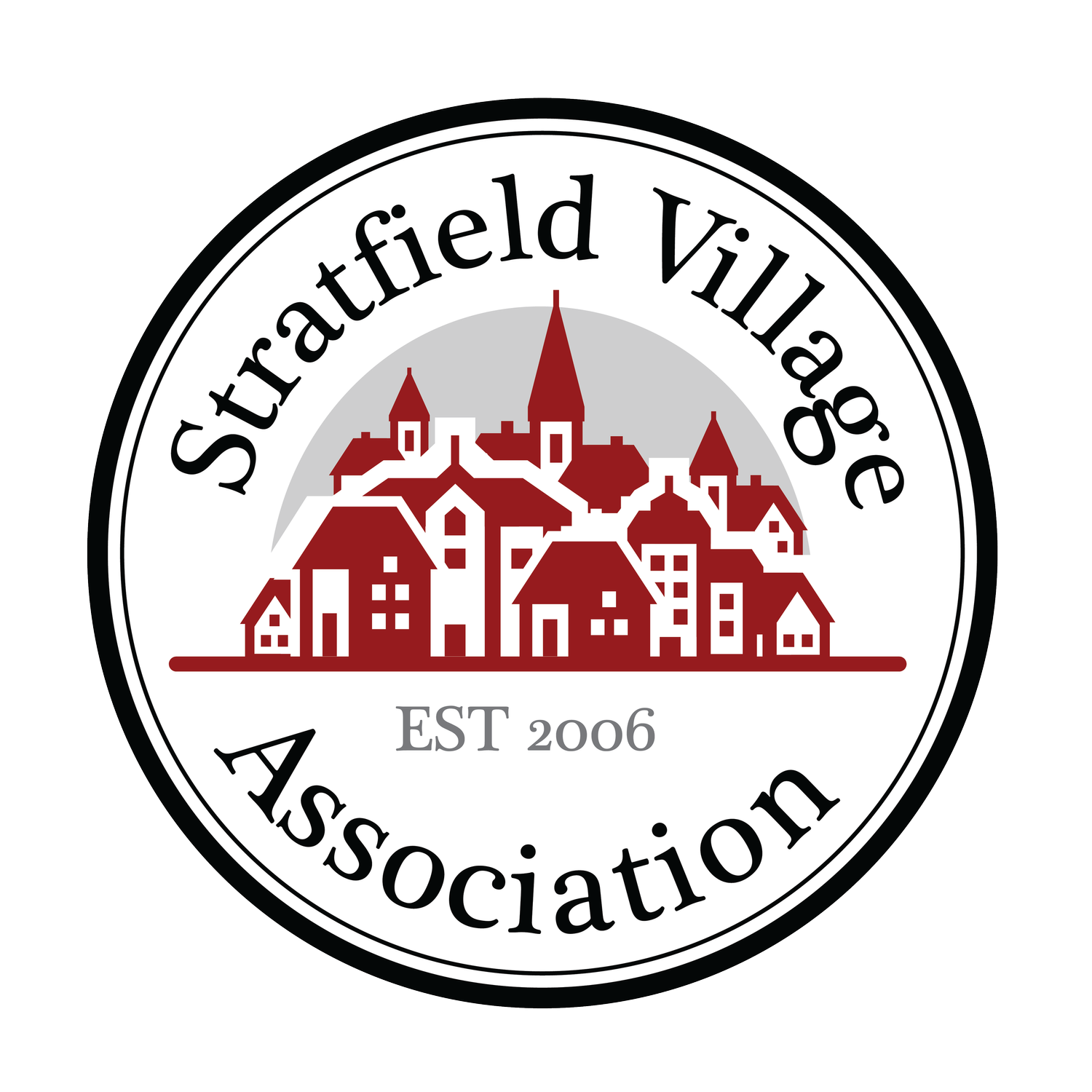Stratfield History
The Stratfield neighborhood of Fairfield has a deep history dating back to the pre-Revolutionary war era. Fairfield was first established in the 17th century and occupied 140 square miles, including: Redding, Westport, Easton, Weston, Green Farms and Black Rock.
Stratfield was originally farmland and as farmers started to move from the town center of Fairfield to build homes closer to their farms, our community developed. Soon, the original settlers of our neighborhood grew tired of the long commute into town to attend church and town meetings (a 3 to 5-mile trek by foot, horseback or wagon), so the neighborhood appealed to the General Assembly to establish a separate parish with their own minister. In 1691, a parish was finally granted to the neighborhood, which was known at the time as “Pequonnock”. In 1701, due to our location between the established towns of Stratford and Fairfield, the General Court renamed the parish “The Stratfield Ecclesiastical Society”, and our community became known as ‘Stratfield’ (Bridgeport was yet to be established).
Stratfield remained a primarily farm-based community until late in the 19th century when the North Avenue Bridgeport trolley line was extended up Stratfield Road with a terminus in front of what is now The First Baptist Church and the Unquowa School. Stratfield then became the fastest growing area of Fairfield for three straight decades, transforming Stratfield into a sprawling residential community. The neighborhood became more of a Bridgeport suburb than a part of Fairfield as Stratfield Village residents who were not farmers went to work at Bridgeport’s many factories, commuting on the trolley.
At the same time, many of the wealthy Bridgeport factory owners became interested in the Stratfield neighborhood for a country club and residential community and in 1895 Dr. Isaac DeVer Warner, founder of the Warner Corset Company, and a group of local businessmen established the Brooklawn Country Club which became one of the first twenty-five members of the USGA and still exists today as one of the most respected private country clubs in the country.
Meanwhile the city of Bridgeport was growing and flourishing during the industrial revolution and began to install sidewalks and gas, sewer and electric lines all over the city. These amenities appealed to Stratfield residents who felt neglected by the town of Fairfield. Additionally, taxes were lower in Bridgeport and along with better infrastructure and the already established ties to Bridgeport, the Stratfield community started to consider annexation and becoming an official part of the City of Bridgeport. The Town of Fairfield had already lost the Black Rock neighborhood to Bridgeport in 1871 and the size of the town had shrunk from the original 140 square miles to just over 30 as neighboring towns broke from Fairfield and became independent. The threat of Stratfield leaving Fairfield gathered the attention of town officials and as a result, the Town of Fairfield made a concerted effort to fight the annexation and better establish ties between the town and our neighborhood. Eventually the annexation scheme fizzled when overdue improvements were made to Stratfield roads and Fairfield began to better integrate Stratfield Village into the town’s plans.
The trolley stopped operating in 1937 and when World War II ended, Bridgeport began a steady decline that some would say still exists today. For Stratfield, the post-World War II era marked an unprecedented period of residential development as soldiers returned from war eager to buy homes and start families. As Bridgeport’s decline continued, legal, medical and other businesses left the city and relocated to the Stratfield area. Stratfielders no longer worked or shopped in Bridgeport and the neighborhood truly became an integrated part of Fairfield, and has been ever since.
Today Stratfield Village includes over 7,000 residents and represents one of Fairfield’s most important and diverse parts of town. Within the borders of Stratfield are some of the most well-known features of Fairfield, including over 100 historic properties, Sacred Heart University, Lake Mohegan Recreation Area, the First Baptist Church (Fairfield’s oldest church), nationally recognized public schools and a vibrant center of commerce known as “The Four Corners”, located at the intersection of Fairfield Woods and Stratfield Roads, in the heart of Stratfield Village.


